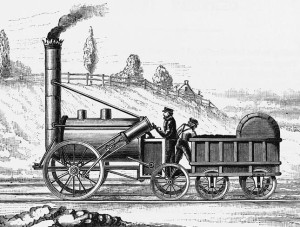Cost performance is a symptom of other management functions. It is impossible to ‘engineer costs’. The only way to change cost outcomes is to change the other processes that incur costs.
The three key areas of business operations and project management that incur costs and where a change in the process will cause a change in costs are:
- Changing the procurement / purchasing / supply chain processes that acquire the required inputs to the process being managed.
- Changing the way the work that transforms inputs to outputs is undertaken through enhanced management and leadership including skilling, motivating and directing the people involved in the work and ensuring they have the correct resources and equipment to undertake the work.
- Focusing on the quality of the outputs produces to ensure the ‘right scope’ has been delivered at the ‘correct quality’. Too low and there are cost consequences in rectification, too high and you may have spent money unnecessarily.
These three elements exist in a risk frame. Whilst risk management will not ‘control’ the future, it will allow opportunities to be identified and grasped and threats mitigated and avoided by changing the way the work is undertaken and as a consequence optimise cost outcomes.
The two key facets that permeate all of the above are stakeholder management and time management.
- Stakeholder management both within the team and externally, (including effective communication) is central to achieving a successful outcome at the best price. Stakeholders are in the supply chain, include the project team and contractors and can have a major impact on the risk profile of the work. For more posts on stakeholder management see: http://www.stakeholder-management.com/blog/?cat=5
- Time management focuses on ensuring the right people are in the right place at the right time, with the right resources and equipment to do the work in the optimum sequence. For more posts on time management see: /category/project-controls/scheduling-project-controls/
Both of the above need regular reviews and adjustment within the overall frame of the emerging risk profile.
Where ‘cost engineering’ adds value is via techniques such as Earned Value (EV). Applying EV effectively allows the symptoms of a deviation from the expected performance to be highlighted through Cost Variances and other reports.
As with medicine and diseases, it is capability to recognise and correctly interpret symptoms that allows diagnosis that leads to the effective treatment of the under-laying problem. In project and business management space, this should translate to the requirement for managers not only to report a cost variance, but also to identify the cause of the variance and to recommend and/or implement corrective actions.
Whilst it is impossible to directly manage or control costs; timely and accurate information on cost performance can be a valuable diagnostic tool to remedy the real issues. What’s needed is for senor managers to stop focusing on ‘cost’ and start asking deeper questions about performance and risk. I know many readers of this blog will say this already happens in their organisations, but I also know that far too many other managers focus on the symptom of cost performance rather than the under-laying problem to the detriment of their businesses.





